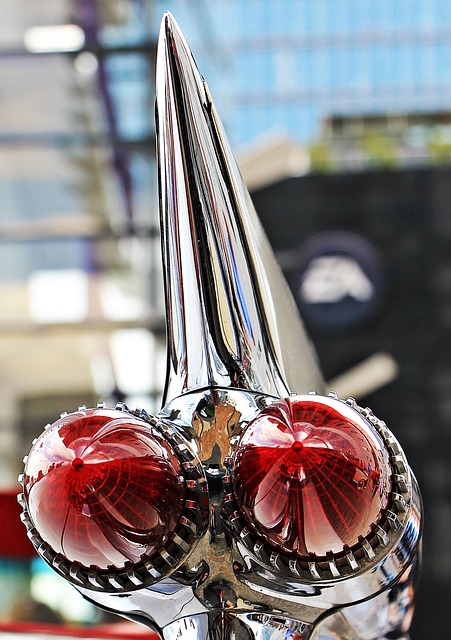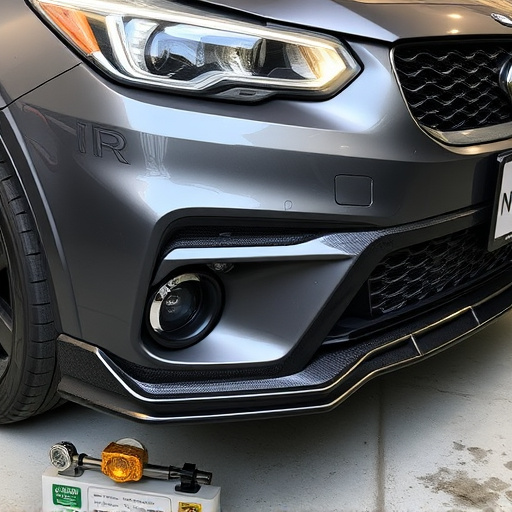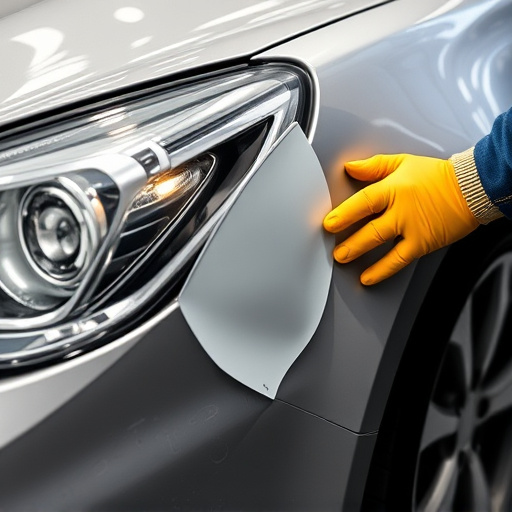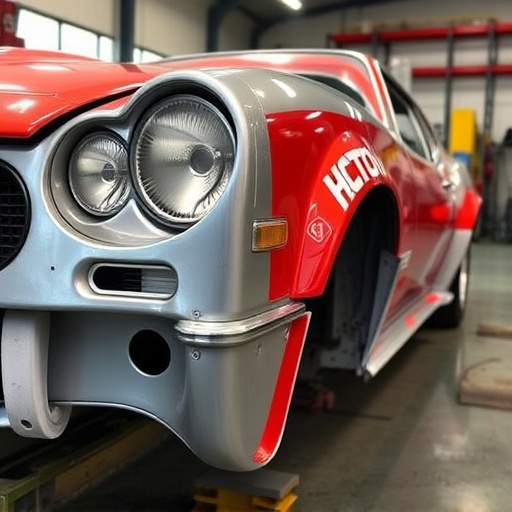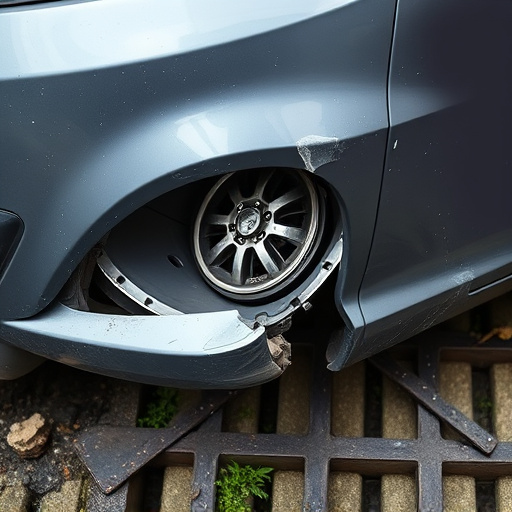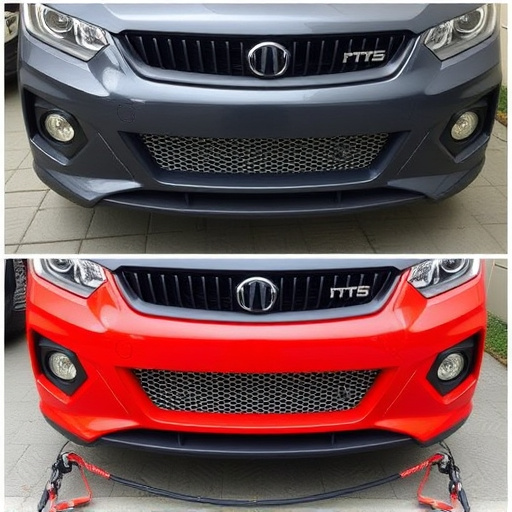Suspension repair after an accident is crucial for tire health and vehicle performance. Accidental damage can alter suspension geometry, leading to irregular tire wear patterns. Professional services reassess alignment, replace worn parts, and realign wheels to factory specs, ensuring even weight distribution, minimizing stress points, enhancing safety, and extending tire life.
Suspension damage, often overlooked, significantly influences tire wear patterns. A well-maintained suspension ensures even tire tread distribution, maximizing lifespan and safety. Post-accident, however, collision forces can misalign components, leading to uneven tire wear, sidewall bulges, or visible pattern deviations. This article delves into the intricate relationship between suspension health and tire longevity, exploring signs of damage, and highlighting the restorative impact of proficient suspension repair for optimal tire performance.
- Understanding Suspension's Role in Tire Wear
- Post-Accident Assessment: Signs of Suspension Damage
- Restoring Balance: Suspension Repair and Its Impact on Tire Patterns
Understanding Suspension's Role in Tire Wear
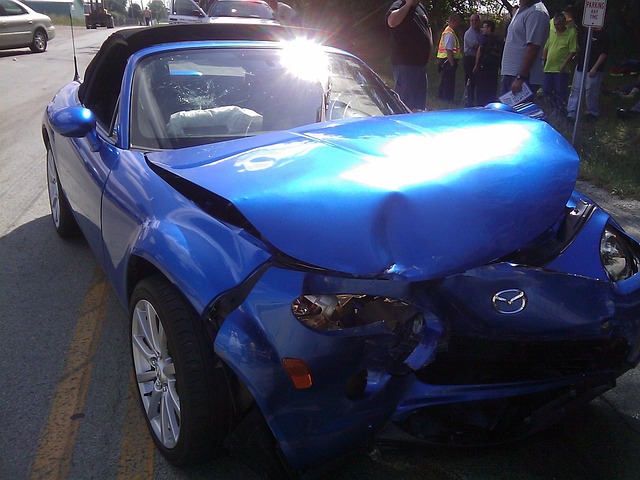
The suspension system plays a pivotal role in tire wear patterns, often overlooked but crucial to understanding how vehicles age over time. Each time a vehicle encounters an obstacle on the road—a pothole, speed bump, or uneven surface—the suspension absorbs and transfers these forces to the tires. Over time, constant exposure to such impacts can lead to uneven tire wear, with some areas wearing down faster than others. This is particularly evident after accidents or severe incidents that cause significant suspension damage.
Suspension repair after an accident is not just about restoring structural integrity; it also ensures equitable tire wear. A damaged suspension can alter the alignment of wheels and tires, causing them to rub against each other or the road surface in unconventional ways. This irregular contact results in accelerated tire wear, compromising both performance and safety. Therefore, prompt attention to suspension repairs, including body shop services like paintless dent repair for car bodywork, is essential to mitigate these effects and promote the longevity of your tires.
Post-Accident Assessment: Signs of Suspension Damage
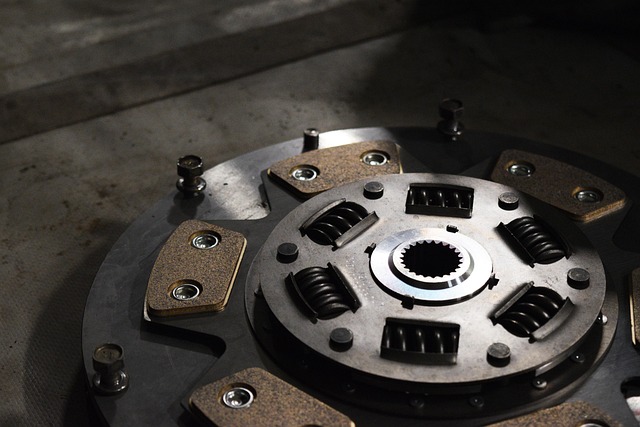
After an accident, a thorough post-accident assessment is crucial to understanding the extent of damage to a vehicle, particularly when it comes to the suspension system. Signs of suspension damage may include visible deformities, such as bent or broken parts, and unusual tire wear patterns. During inspection, pay close attention to bulges or unevenly worn areas on the tires, which could indicate misalignment or improper spacing due to suspension issues.
For example, a vehicle involved in a collision might show signs of understeer or oversteer, leading to uneven tire tread wear. A Mercedes-Benz collision repair specialist will often recommend a complete evaluation, including advanced diagnostic tools to pinpoint the problem. Prompt suspension repair after an accident is vital not only for safe driving but also to preserve the vehicle’s overall structural integrity and ensure optimal tire performance and longevity. Efficient car dent removal techniques can complement these repairs, restoring your vehicle to its pre-accident condition.
Restoring Balance: Suspension Repair and Its Impact on Tire Patterns
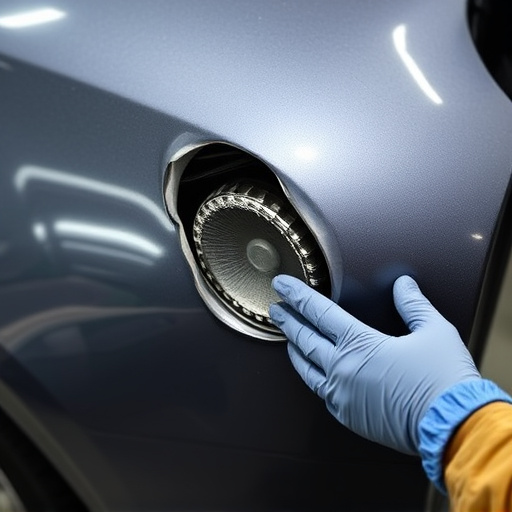
After a suspension damage caused by an accident, restoring balance is crucial for ensuring even tire wear and optimizing vehicle performance. Suspension repair after accident plays a vital role in determining the long-term health of your tires. When the suspension system is out of alignment or damaged, it can lead to irregular tire wear patterns such as uneven tread buildup, sidewall bulges, or rapid degradation on specific areas of the tire.
By addressing these issues through professional car collision repair and fleet repair services, you not only enhance safety but also prolong tire life. Skilled technicians will reassess the suspension geometry, replace worn components if necessary, and realign the wheels to factory specifications. This meticulous car restoration process helps distribute weight evenly across all tires, minimizing stress points that can accelerate wear and tear.
Suspension damage, often overlooked, significantly influences tire wear patterns. By understanding how suspension contributes to tire degradation, post-accident assessments that identify suspension issues become crucial. Proper suspension repair not only enhances vehicle safety and handling but also helps restore balanced tire wear, ensuring optimal performance and longevity for your tires. For drivers concerned about tire maintenance, addressing suspension repair after an accident is a strategic move to prevent uneven wear and maintain overall vehicle health.

